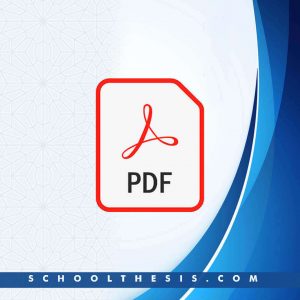The Linguistic Features of Nigerian English and Their Implications for 21st Century English Pedagogy

The Linguistic Features of Nigerian English and Their Implications for 21st Century English Pedagogy
Abstract of The Linguistic Features of Nigerian English and Their Implications for 21st Century English Pedagogy
Like its users, one important feature of language is its dynamism. Thus, language
adapts to situational constraints as its users vary across regional/geographical, social,
educational, occupational, etc. domains. English is such a typical language that, as a
result of vast geographical distribution, has often assumed the peculiarities of different
societies that use it informing the notion of variety. Varieties of English thus exist among
the three Kachruan circles among which Nigerian English (NE) is situated. This paper,
building on the works of several scholars who have approached the NE phenomenon
from different perspectives, discusses the phonological, morpho-syntactic, lexicosemantic
and pragmatic features NE. It is submitted that the issue of variation and/or
deviation characterizing the NE be harmonized within the Global English (GE) variety
and Computer-Assisted Language Learning (CALL) be fully incorporated and
implemented so that the current state of English language teaching and learning in
Nigeria would transcend the “state of confusion” (Babatunde, 2002) it is now. This is
considered expedient so that the Nigerian users of English would be able to cope
meaningfully with the challenges posed by the knowledge-driven twenty-first century, in
which English is assuming greater roles and significance.
